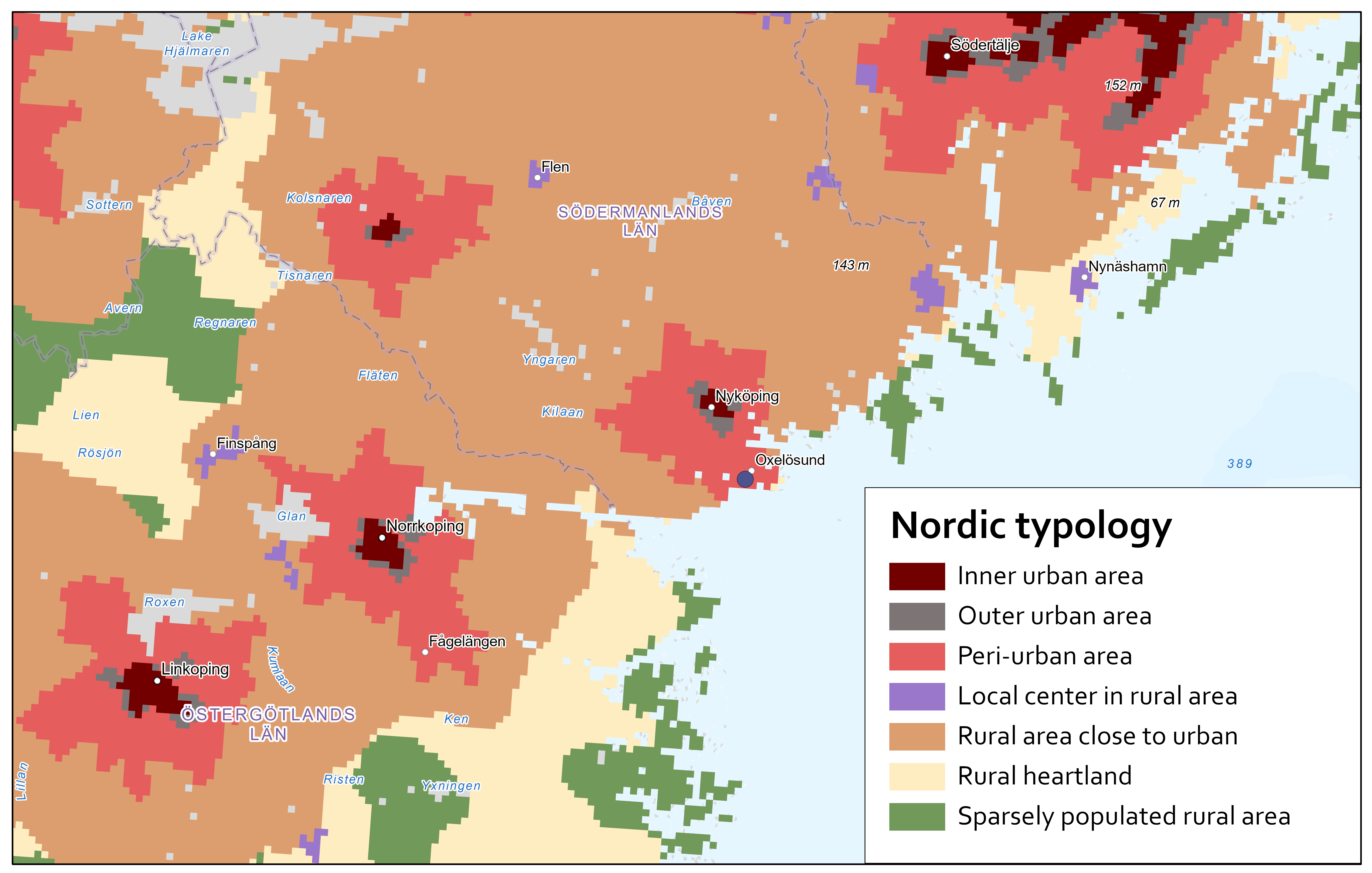Image 20: View from the former sea pilot village Old Oxelösund towards the industrial harbour. (Source: Anna Granath Hansson)
Case 5: Oxelösund, Sweden: Heavy industry and serene coast
Oxelösund is located on the coast, 15 km from the town of Nyköping and 115 km south of Stockholm. The larger towns of Norrköping and Linköping are also located within 73 and 110 km respectively (Map 6). Oxelösund has a history as a fisherman and sea pilot village. However, in 1915, a steelworks and industrial harbour were established. Since then, the town has two faces: one characterised by serene coastline bordered by a series of islands, and one characterised by heavy industry and infrastructure, including a motorway and railway corridor that create the entrance to the town (Image 20). The industrial expansion in the mid-1900s brought with it large housing investments and a modern reconstruction of the small city centre with a mix of shopping and public services. Efforts to improve the city centre with new construction are currently carried out.
The town is dominated by the steelworks industry, its sub-suppliers, and related spinoff companies. Employees live locally and commute nationally and internationally. The municipality is also a large employer. Apart from compulsory education, the town has created a small campus with higher education institutions partly related to its industry. Oxelösund exists in a constant exchange of population and business with the neighbouring, larger town of Nyköping. Although the steelworks company is a major employer in Nyköping as well, Nyköping offers work opportunities and public and private services that partly challenge the development of Oxelösund.
As the steelworks industry is now being converted to carbon-free production, Oxelösund is likely to face a time of change. New “clean” technology leads to new demands on highly qualified employees and challenges the town’s reputation as a mill town. Further, Oxelösund may now have an opportunity to change perceptions of its being a polluted “black town” and to emphasise its attractiveness. However, these prospects also need to be balanced with sustainable solutions for the present population, including those that do not have a direct relation to the industry.
